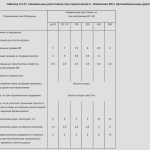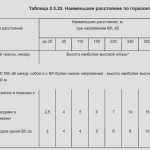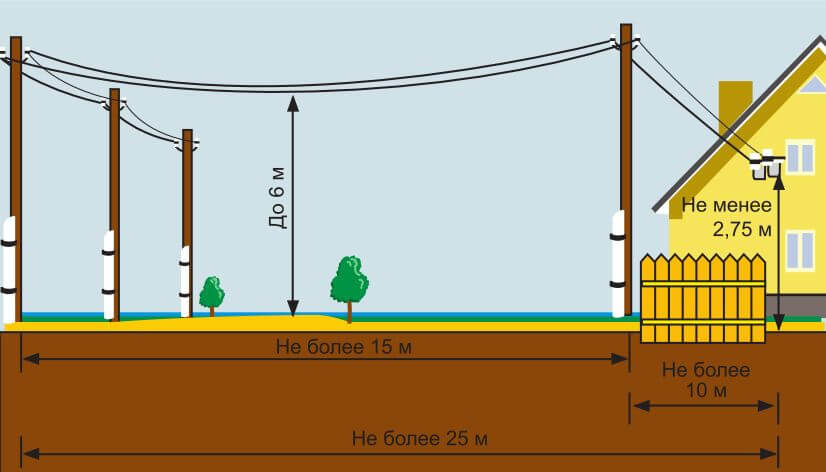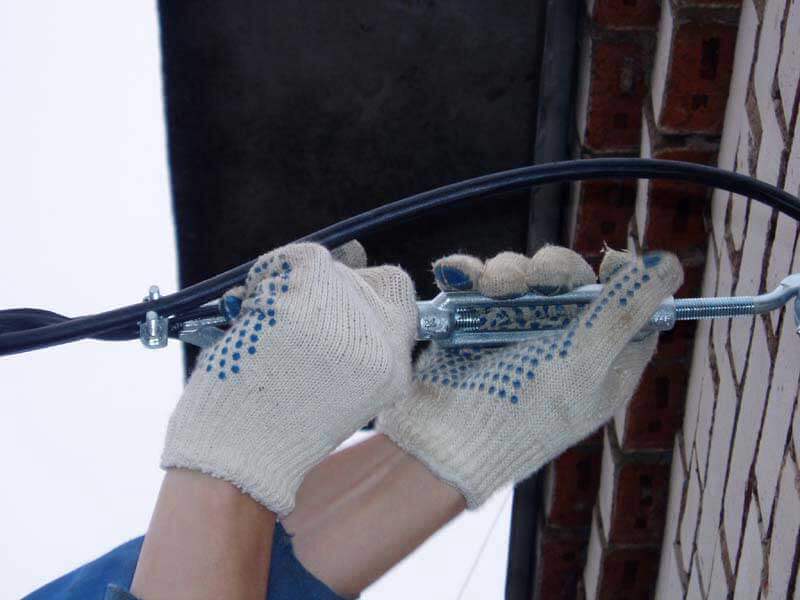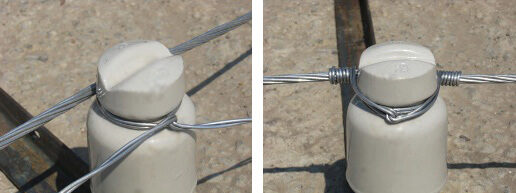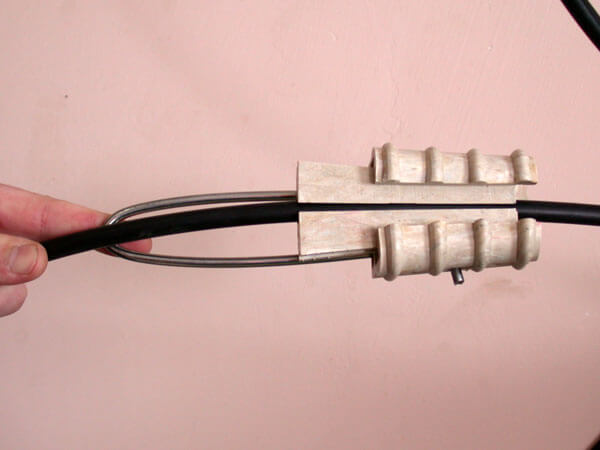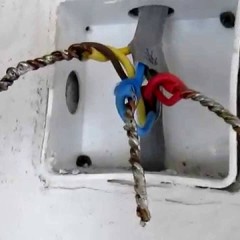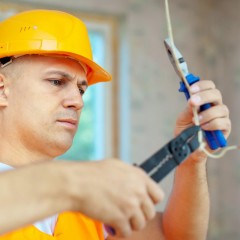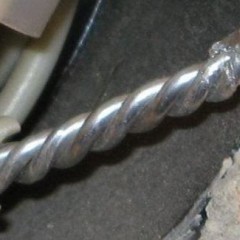Sagging wire tensioning technique
What to do if you witness a dangerous sagging of overhead lines
In no case should not be close if the wire is sagged and try to independently support, tie up or bite off the cable for profit. This can be fatal and dangerous, because a live voltage line is not much different from a voltage-free line. In one of our articles, we talked about step voltagewhich is closely related to damage to the cable route. We strongly recommend that you familiarize yourself with the material.
As a rule, each line or section has a landlord or a person responsible for the energy sector, who is fully responsible for the safe operation of the equipment entrusted to him. It is then necessary to be informed. If this is problematic, you should call the district power supply organization or emergency service, the Ministry of Emergencies, the district administration, and the city hall.
Sagging rates
Consider the standards of the PUE chapter 2.4 and 2.5 in relation to the sagging of high voltage overhead lines.
- Close to roads
- Horizontal distance
- When crossing the overhead line
- Populated area
- Uninhabited area
As can be seen from the tables, the distance from the earth to the power transmission line, as well as between wires and other objects, depends on the voltage value. For 380 volt networks, the sagging standards according to chapter 2.4 of the PUE are as follows:
- Above the pedestrian zone, the height is not lower than 3.5 meters, and above the roadway this distance should be at least five meters high, the input branch can be made at a height of 2.5 meters for SIP wires.
- For lines with uninsulated conductors, a height of at least three and a half meters above the pedestrian zone, and at least 6 meters above the carriageway, the branch may be made at least 2.75 meters.
- When passing SIP near buildings, the distance from the cable to the balcony is at least one meter and at least twenty centimeters from the wire to the blank wall.
- In the case of uninsulated conductors, the distance from windows, terraces and balconies is not less than one and a half meters and not less than one meter along a blank wall.
- It is strictly forbidden to have overhead lines with bare conductors above buildings for safety reasons.
How to pull a cable line
If it turns out that this wire sagged in your area of responsibility (a branch from the main highway to your property) and the balance sheet is recorded in the act of agreement for the supply of electricity, then the overhead line in this section is completely your farm.
Any actions on the power lines are completely de-energized by this section, by disconnecting the section on the switchgear or by air disconnectors, and protecting themselves by imposing portable ground on both sides of the place of work. You can pull on a sagging conductor after submitting an application and obtaining permission from the operating personnel or the person responsible for this section and connection, and after they disconnect your line from voltage.
To restore the normative dimensions of the power transmission line, it is necessary to disconnect all the inputs, to remove the culprits of the sag - tree trunks or their branches. Unscrew the bandages on the insulators, freeing the wire, leaving it to lie freely on the traverse of the supports. The cable is tensioned, as a rule, from the end anchor support, which has additional supports located along the power line to compensate for the load. Tighten with an uninsulated aluminum conductor. You can take a second-hand piece about 20 meters. Through the bandage, it connects to the stretched section of the line. After that, it fits into the insulator cheeks and the wire is tensioned. Now you need to fix on the insulator the main, a piece of three cores with an aluminum wire as shown in the photo:
This procedure is performed with all insulators, along the tensioned line to the extreme support. After stretching, the bends are connected and, making sure that the line is ready and safe, they apply for voltage supply.
The tension of the SIP wire is carried out similarly to the method described above, with the only difference being that special insulating fittings and anchors are used instead of insulators, as shown in the photo below:
Note! The tension of the wires is carried out with a slight sag, about half a meter, to compensate for temperature changes in the summer and winter periods.
For tensioning the power line, SIP or cable wiring, both restored and newly laid, use hand winches, ratchets or "frogs", stretching the cable between the spans or supports, on the site to the house or garage. Locking in tension to anchors and fasteners. The video below clearly shows how to pull the wire from the pole to the house:
And in this video you can watch the technology of wire tensioning with a manual winch:
That's all we wanted to tell you about how to pull the wire from the pole to the house and where to call if you found that the cable between the buildings or supports is sagging. As you can see, the tension of the cable line must be trusted by specialists who, with the help of devices, can quickly and most importantly safely perform all the work!
It will be interesting to read:

